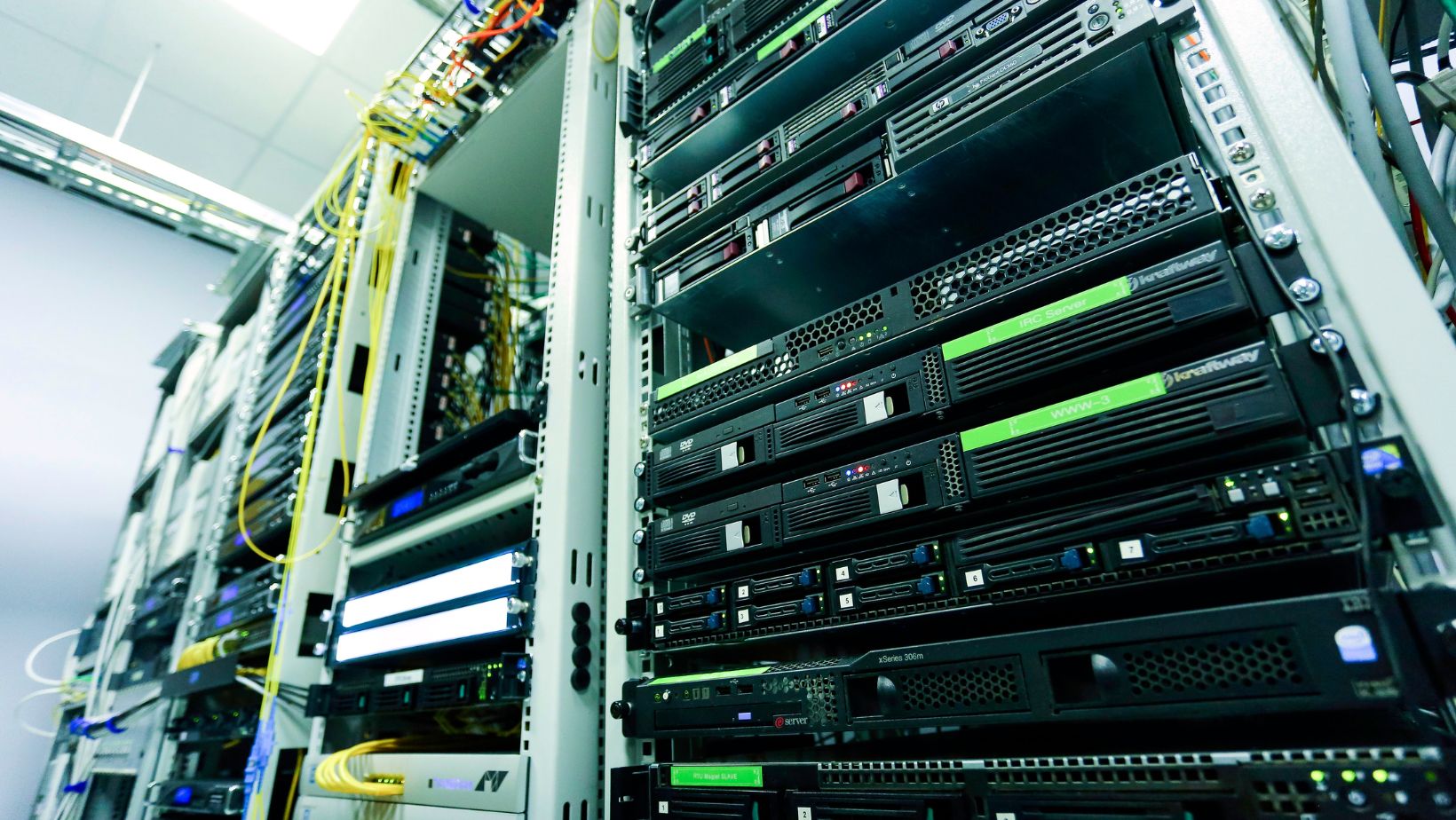Modern web operations demand constant availability and quick response times. Hosting e-commerce sites, financial services, or content delivery networks demands strong, distributed systems. Datacenter proxies are key to scalable, low-latency performance on server-side proxies.
Datacenter proxies handle large volumes of web traffic, lower latency, and maintain operational continuity. Let’s peek into their process, effectiveness, and use points in today’s enterprise approaches.
What Are Datacenter Proxies and Why Do They Matter?
Datacenter proxies are IP addresses that are hosted on servers and created by data centers as opposed to internet service providers (ISPs) or end-user machines. Datacenter proxies serve as middlemen between a request from a user and a destination server.
They offer critical benefits to businesses by providing:
- High-Speed Performance: Since servers are designed for low latency, these proxies are well-suited for applications that require real-time output.
- Reliable IP Availability: Datacenter proxies provide a fixed set of IPs, guaranteeing predictability for large-scale operations.
- Traffic Regulation: By routing web requests via proxies, companies minimize origin server loads without compromising service integrity.
Cost-effective and large-scale support render datacenter proxies an essential for organizations experiencing web traffic spikes or the need for uninterrupted automation.
Market Trends and Growth in Datacenter Proxy Adoption
The global datacenter proxy market is on a uniform development course and is anticipated to rise at a blended annual growth rate (CAGR) of 10.5% by 2033, reports Business Research Insights. The increase is attributed to broader adoption in diverse sectors, such as e-commerce, cybersecurity, and IT services.
Industries driving datacenter proxy usage include:
- Retail and E-Commerce: Supporting real-time inventory updates and market research.
- Marketing and Media: Enhancing ad verification and campaign tracking.
- Finance: Powering high-frequency trading and secure banking operations.

Rather than being seen solely as tools for anonymity or data mining, datacenter proxies are increasingly recognized as infrastructure accelerators that enable businesses to operate at scale.
Enhancing Infrastructure Performance with Datacenter Proxies
Datacenter proxies offer several operational advantages that directly impact enterprise performance:
Load Balancing and Traffic Management
Datacenter proxies distribute traffic among numerous servers, avoiding origin server overload. This enhances response times and reduces high-traffic events’ risk of downtime.
Geo-Targeted Traffic Routing
By allocating region-specific IP pools, datacenter proxies facilitate location-based traffic management. This is required to disperse localized content or meet regional content regulations.
Reduced Latency for High-Frequency Tasks
For uses like high-frequency trading or live game servers, low latency is not a choice. Datacenter proxies guarantee such applications stay fast and stable, even when the load is high.
Operational Agility
Proxies simplify task isolation, supporting sandboxed environments for DevOps teams. This allows secure testing and better infrastructure optimization without compromising live operations.
These features underscore why datacenter proxies are increasingly integrated with automation tools, cloud platforms, and testing frameworks.
Real-World Applications of Datacenter Proxies
The utility of datacenter proxies spans a wide range of industries. Here are some practical examples of their applications:
- E-Commerce: Web scraping is enabled through datacenter proxies to track competitors’ pricing, allowing dynamic pricing adaptation according to market trends.
- Content Delivery Networks (CDNs): Proxies optimize caching mechanisms and deliver content efficiently to users geolocated.
- Finance: Proxies provide secure, low-latency connections critical to instantaneous transaction validation and high-speed trading.
- DevOps: Performance scaling becomes effortless leveraging proxy-backed environments, with realistic simulations for system reliability.
These scenarios indicate how organizations can utilize proxies for both mission-critical operations and competitive innovation.
Addressing Security and Ethical Considerations
Though strong, datacenter proxies have vulnerabilities as well. Academic studies such as ACM SIGMETRICS stress that misconfigured proxies make systems vulnerable to security threats, including data breaches or unauthorized access.
To prevent such threats:
- Use Encryption Protocols: Encrypted traffic does not allow data interception by attackers.
- Implement Proxy Authentication: Access control ensures proxy channels are used by authorized users only.
- Comply with Ethical Practices: Steer clear of activities such as scraping behind paywalls or breaching geo-restrictions since these may compromise regulatory compliance.
Natively configured, datacenter proxies maintain both security and operational integrity.
Investing in Datacenter Proxies for Future Success
Datacenter proxies have grown from being basic tools used to bypass limitations to critical building blocks for scalable, high-speed, and secure digital operations. They allow organizations to manage traffic peaks, optimize backend infrastructure, and enable sophisticated automation with unprecedented reliability.
For companies that want to future-proof their digital strategies, incorporating datacenter proxies as a natural step toward attaining efficiency and competitive agility.



More Stories
Mastering Outlook Calendar API Integration: A Complete Developer Guide
The Hidden Threats of Modern Tracking Technologies and How to Block Them
How to Stay Invisible Online: Practical Steps for Everyday Users